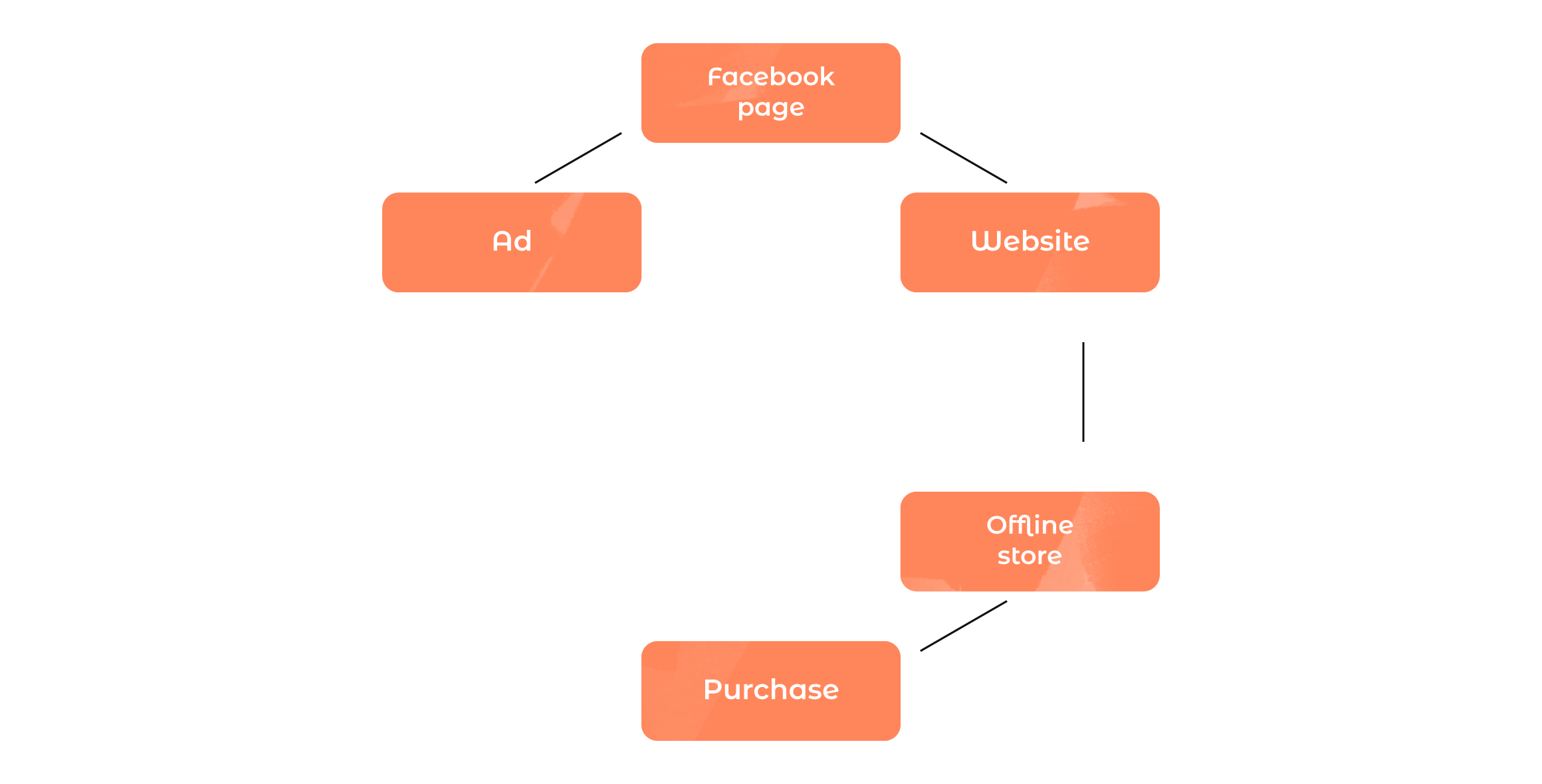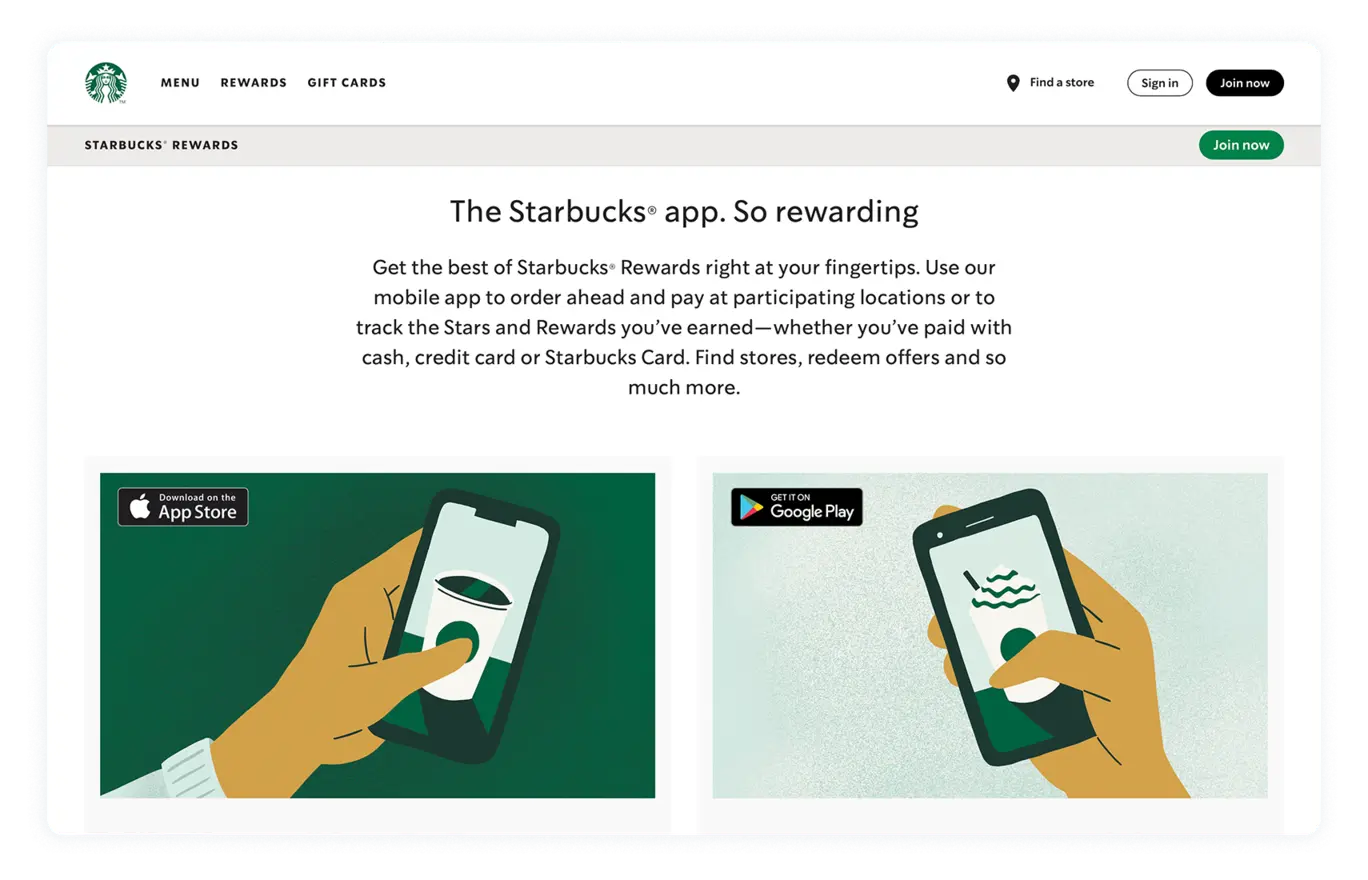- What we do
- Services
- Solutions
- Our Works
- Company
- Contact Us
February 19, 2021
How Omnichannel Customer Engagement Can Save Your Customer Service
Modern technologies have introduced many more ways for customers to communicate with businesses. It creates new opportunities as well as new challenges for customer service. Operating through multiple sales channels can make it difficult to build a solid customer experience, and omnichannel customer engagement can save the day.
Customers are the key factor that influences the level of a business’s success. The more customers the business has, the more its chances to survive and join the market as a strong competitor. In effect, high-quality customer service and marketing are a must for each company that is thriving for progress and profit.
But now, with vast diversification of communication, it can be hard to control all the sales channels at once. Customers have way too many means to engage with businesses, so it’s necessary to build consistent customer service that accounts for every possibility of lead sources. That is why a lot of companies turned to omnichannel customer engagement.
What is omnichannel customer engagement?
Omnichannel customer engagement is a model of building marketing and customer service that is made up of individual seamlessly connected customer touchpoints, allowing customers to pick up where they left off on one channel and continue the experience on another.
Today, customers pay extreme attention to their purchasing decisions. They want to buy products and services whenever they want, however they want, and in a way that best suits them.

For example, the customer needs to buy a gift for a friend’s birthday. They try to look something up in Google and see an ad leading to a gift shop network. Then, after scrolling through the catalog on the website, they decide to use a live chat widget to talk to an assistant. The assistant says that they can find the necessary gift in one of their offline shops, so the customer can go shopping there.
Here we have four touchpoints: a Google ad, website, live chat, and an offline shop. In reality, we can have many more, like a desktop or mobile app, a telephone order, an outside banner, Facebook or Twitter ads, and context advertisement. With omnichannel customer engagement, the experience in all the channels and touchpoints is as seamless as possible.
There is another notion that seems quite alike - multichannel marketing, and it’s important not to mix them up. The difference between multichannel and omnichannel customer experiences lies in the integrity of communication between different sales and marketing channels. In both cases, the customer can reach your company via various digital and offline channels. However, in a multichannel model, these channels are not interconnected.
Let’s take the previous example of the gift shop network. The customer sees the Google ad and goes to a website. They want to ask an assistant right away about the necessary gift they want to buy, but there is no live chat widget to contact the agent on the website.
Then, they find a contact number and call. The agent informs the customer that the necessary gift can be bought at a local shop, but there is no door-to-door delivery. The next day, the customer goes to the shop and finds out that the last item has just been sold. The customer's journey is over, and the business is upset that the shop has lost a client.
As we can see, while customers still communicate with the shop through different touchpoints, those touchpoints are hardly connected to each other and there are more opportunities for customers to stop and give up on their shopping goal.
In contrast, omnichannel customer engagement includes different communication points in one customer flow. Clients can easily switch from one to another, which improves the customer experience and business conversion rates. You can have stunning advertisements, engaging mobile marketing, the most eye-pleasing social media profiles, and the best website that we can ever imagine. But if all these channels don't work together, the customer engagement is not omnichannel.
Omnichannel customer engagement strategy
An omnichannel customer engagement strategy is basically the way you combine all the existing marketing channels for your business. Unifying customer data across channels into a strategy allows you to efficiently personalize the experience that consumers expect. Key features that describe an effective omnichannel strategy are:
- Convenience
- Consistency
- Communication
Brands should build and maintain cross-functional teams that stick to the idea of customer service as a unified entity with smooth and close connections between channels.
Applying an omnichannel customer engagement strategy
We marked the omnichannel customer engagement and differentiated it from multichannel marketing. Now, let’s go down to the process of implementing it into your business. Here are the basic steps required for you to succeed in omnichannel customer engagement:
Keep up with your audience
The most important thing to keep in mind when creating an omnichannel engagement is to give your customers what they want, whenever they want, and wherever they want. Before you start developing any strategy, you need to conduct in-depth research on your customers to make sure you fully understand your target audience.
The demographics and the type of goods and services you provide will be the most influential factors here.
The first criteria will determine your balance of online and offline communication since younger people like gen Z would prefer ordering and buying something online while the older generations would rather go offline.
Depending on the type of service you provide, you may have the same search engines for different audiences, so you will need to develop several buying personas to create your strategy.
Luckily, there is no lack of technological solutions to assist you in doing just that. You can do your customer search by monitoring online reviews, integrating analytics of your website and paid ads, or measuring the effectiveness of your email marketing activities. The key is to collect as much information as possible, so you can have more meaningful relationships with your customers.
Map the customer journey
When you understand your audience’s needs, it’s then time to build their way to making a purchase. With such a map, you can clearly see the areas where you can improve or reorganize your omnichannel experience.
For example, when you are building a map of a customer journey, you may notice that you lose a lot of customers between the "add to the cart" and "make a payment" stages on your site.
The solution may be to set up a live chat on the feedback on a cart page. Therefore, if customers have difficulty arranging a cart, they can ask for advice. The agent helps to change the cart in real-time and the customer can complete the purchase.
Make it personal
The customer should be the center of your business’s universe, so customization of the experience your clients get on all stages is a must. In the modern multichannel environment, customer data is spread among numerous systems and channels. This makes it difficult for customer service to access customer data and build a correct buyer persona. In addition, it leaves companies with no full picture of how customers interact with the business.
With omnichannel customer engagement, it becomes easier to gather and structure data from different touchpoints, such as birthday dates, interests, likes, and friends. By analyzing the collected data, you can differentiate the target audiences based on common behavior patterns and make unique content and customer journey for each type of client.
Engage with users in all channels
At this stage, you know your audience, you know how they are going to interact with your business, and you have got your personalized content. Now it’s time to engage! You should communicate with your potential and existing customers in any way possible, and just having a customer support phone number and email address on your website is definitely not enough. Social media, like Facebook and Twitter, review sites like TripAdvisor or Clutch, emails and calls clients make - you must be there to listen to what they say about the quality of your business. If you spend some time on every channel each day, you will gain the most helpful and relevant insights about what customers are really up to. Everything your potential customers say both online and offline is crucial, and your ability to give the right response can define your business’s reputation and success.
It’s essential to take mobile optimization into account while thinking about omnichannel engagement. According to GSMA Intelligence, there are 5.22 billion unique mobile users in the world, and the number is only growing. Unfortunately, not everyone uses responsive web design to automatically adjust their content for different screen sizes. Today, ignoring mobile optimization can create a lot of troubles along your path to efficient customer service, and the worst case would be losing a customer.
One crucial thing to remember: if you have any physical representation, such as a shop or an office, don’t skip it in your omnichannel chain. Although digital channels represent a larger share of the market (and it’s only growing), offline stores are still in the game.
For the omnichannel strategy to give the best possible results, integration of online and offline channels means a lot, since most of the time your customers are utilizing both communications. Mapping an online customer journey is important, but if the physical stores are left out, the omnichannel customer engagement strategy is not complete.
Be ready to apologize
Even if your workflow and engagement with customers are well-built and run smoothly, sometimes things can go wrong. The worst strategy here is ignoring the issues. It can destroy whatever relationships you already have with your customers.
Having a good analysis of the issues and addressing them politely can play a huge part in your business success. With such an attitude, you can gain goodwill, even with your strictest critics. If an issue had a place to occur and your customer complains about it, be sure to apologize. A business that is willing to apologize in the event of a mistake has more chances to win the trust of consumers than those with indifferent and inattentive customer service.
Best examples of omnichannel customer engagement
Some of the most fruitful businesses that are already recognized as market leaders, successfully apply omnichannel customer engagement.
- Disney. Disney’s omnichannel experience starts with a website that has a mobile-friendly, responsive web design. After booking a trip, you can use the My Disney Experience tool to plan the entire journey, and when you get to the park, you can use a mobile app to find the attractions you want to see.
- Starbucks. Starbucks rewards app is one of the coolest omnichannel customer engagement examples. When you get a reward card in Starbucks, you not only can use it while making purchases, but also check and reload it via in-store, website, or the app. All information about your card updates in real-time across all channels.

- Sephora. Sephora is a great example of how to connect online channels with offline stores. The Beauty Bag account works as a wishlist where potential customers can learn more about products and virtually try them on. When a person goes to the store, they can use in-store tablets to access their account and buy what they truly want.
- Bank of America. One of the most famous leaders of the financial industry based their omnichannel experience on mobile and desktop apps. You can pay your bills or deposit a check online, without going anywhere, but processes that need more paperwork still require your physical presence.
To sum it up
Modern ways of communication between clients and businesses require a modern approach to building good customer service. Implementing multiple channels in your marketing may be ineffective if you don’t create an omnichannel experience. It’s hard to overemphasize the importance of embracing such an approach since it can define your marketing success.
Got a project in mind?
Fill in this form or send us an e-mail
Subscribe to new posts.
Get weekly updates on the newest design stories, case studies and tips right in your mailbox.
